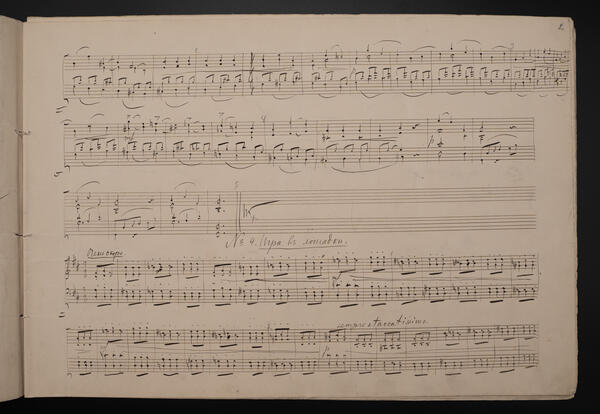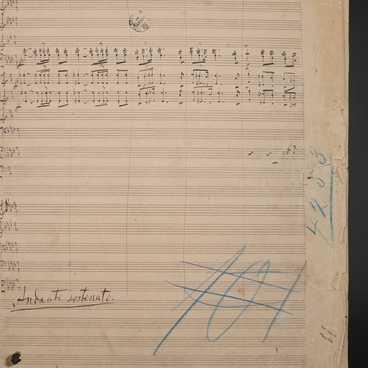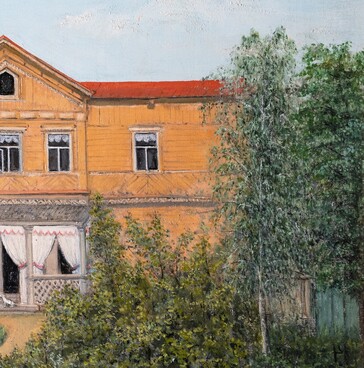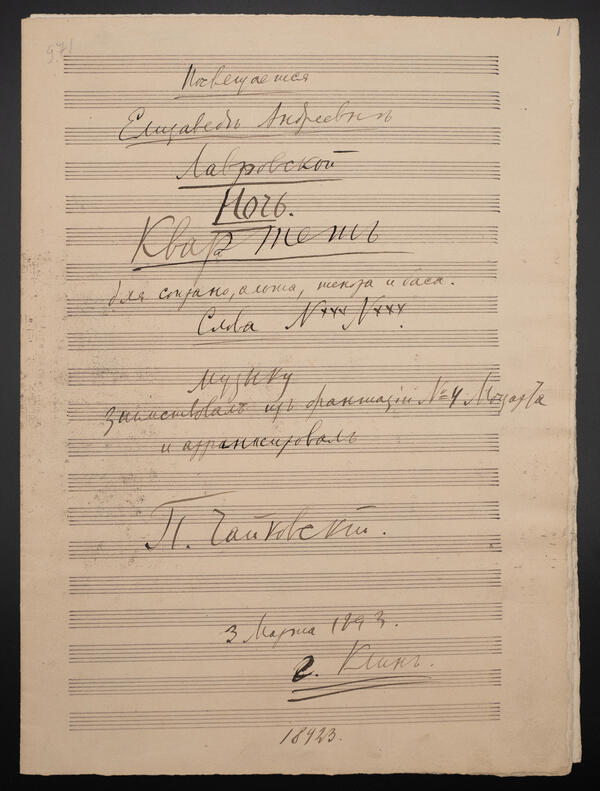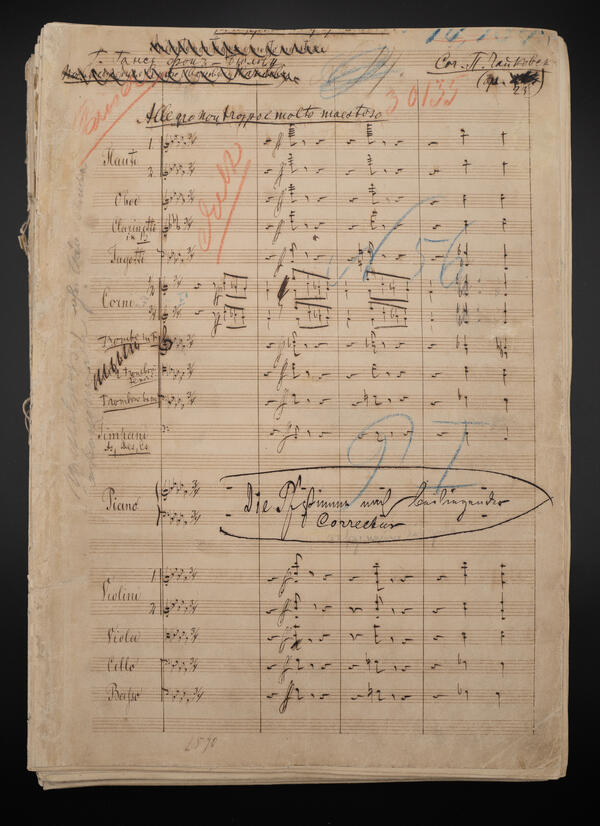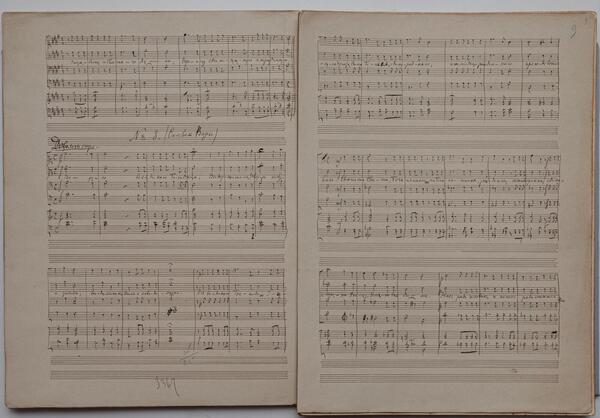Pyotr Tchaikovsky conceived the idea of writing the “Children’s Album” in February 1878 in Italy. He started this work while visiting his sister Alexandra’s family in Ukraine.
In a letter, Pyotr Tchaikovsky writes,Children’s Album
Tomorrow I will start working on a collection of short pieces for children. I have been thinking for a long time that it would be great to contribute as much as possible to the enrichment of children’s musical literature, which is very poor now. I want to create a series of little individual pieces just for children which would be necessarily easy and with an attractive title, like Schumann’s.
In July, all 24 pieces were ready, written down and sent to Peter Jurgenson, Tchaikovsky’s music publisher and friend. It is this version of the manuscript that is on display at the Tchaikovsky House Museum in Moscow.
The collection was published in December 1878. The composer provided a subtitle for the “Children’s Album” for piano, “A collection of short pieces. À la Schumann”. It was Robert Schumann, an outstanding German composer of the Romantic era, that inspired Pyotr Tchaikovsky to create his own collection for children — the first one in the history of Russian music works written for children and about their lives.
Among Russian composers, Tchaikovsky was the first who began to address the children’s theme. Having composed pieces for and about children at the height of his creative abilities, Tchaikovsky considered this field of work to be extremely important in revealing his worldview. Among his works related to the images of childhood, one could mention the Orchestral Suite No. 2 (part IV “Dreams of a Child”), as well as the ballets “Sleeping Beauty” and “The Nutcracker”. He also created compositions intended specially to be performed by children.
Group games, home performances and playing music in Kamenka, where his sister’s family lived, were mandatory features of Tchaikovsky’s leisure time. It all brought him a lot of joy and a sense of fullness of life.
Pyotr Tchaikovsky’s nephew Volodya Davydov was his favorite — the “Children’s Album” was dedicated to him and published with colorful pictures, so that the young pianist would be more interested in it. The “Children’s Album” includes fairy-tale stories, waltzes, folk songs, “puppet” plays, and studies of nature.
